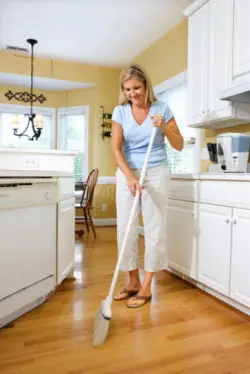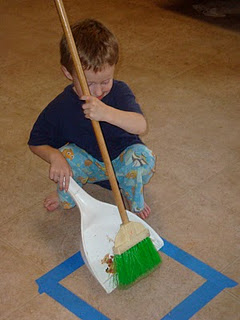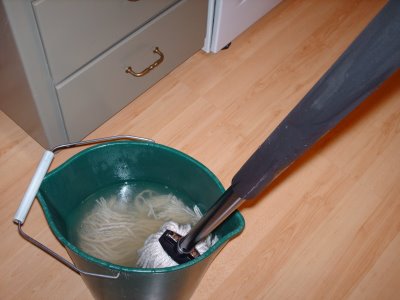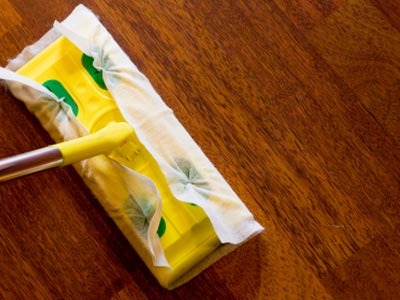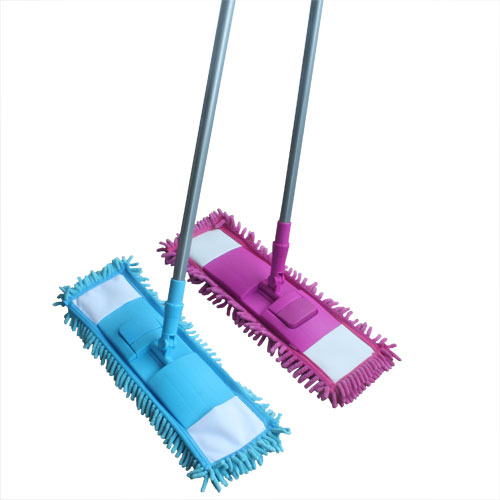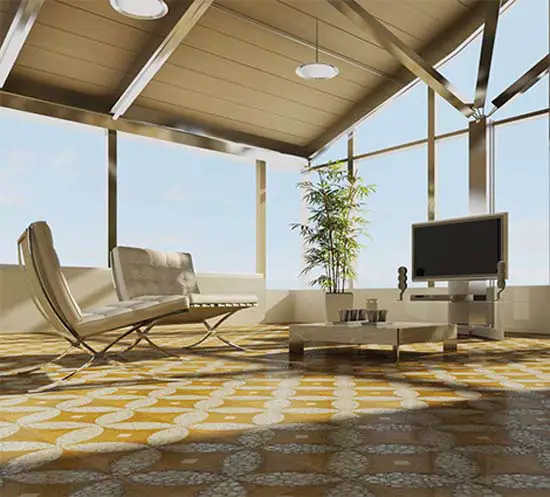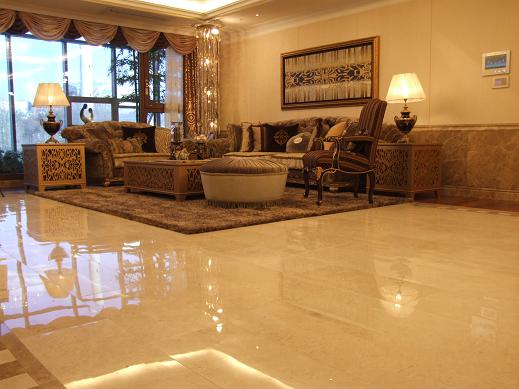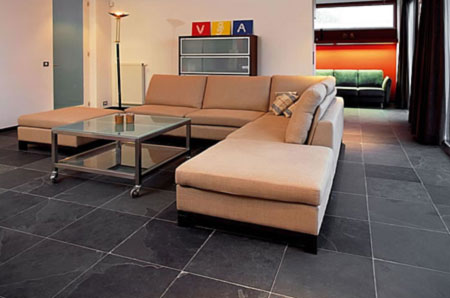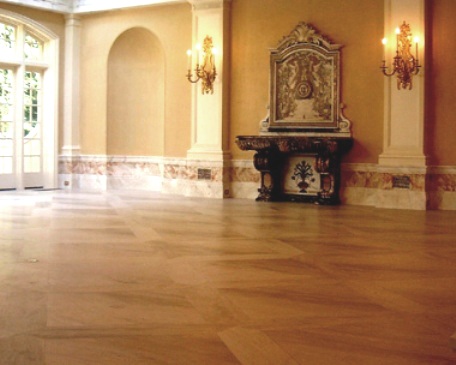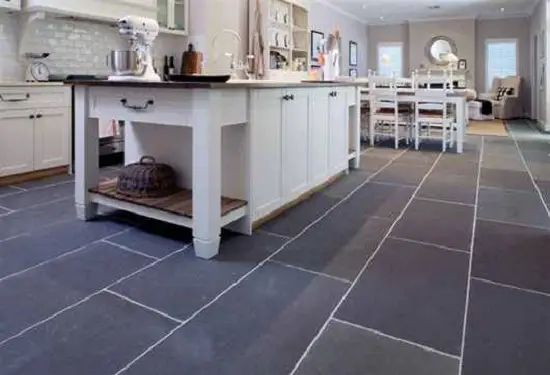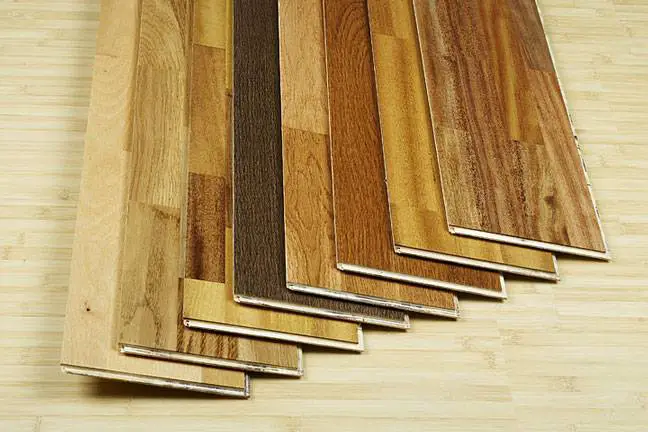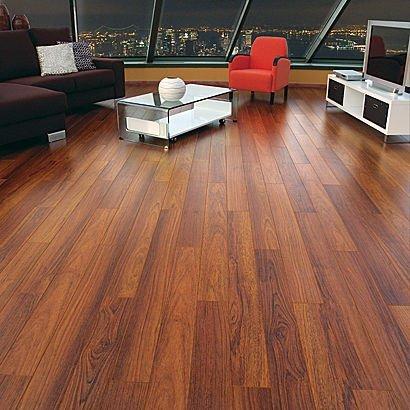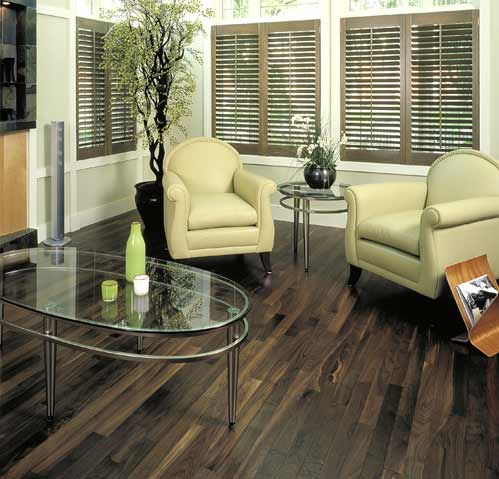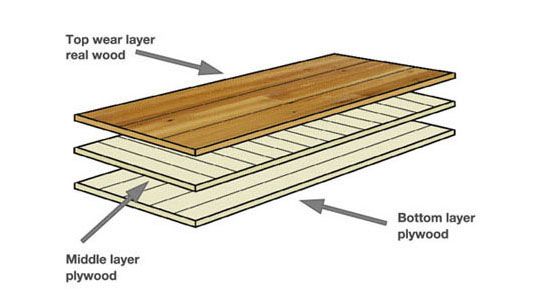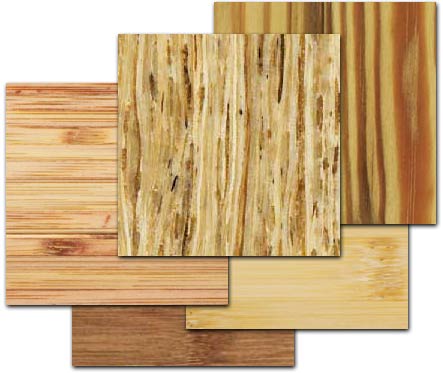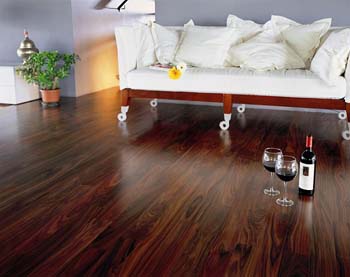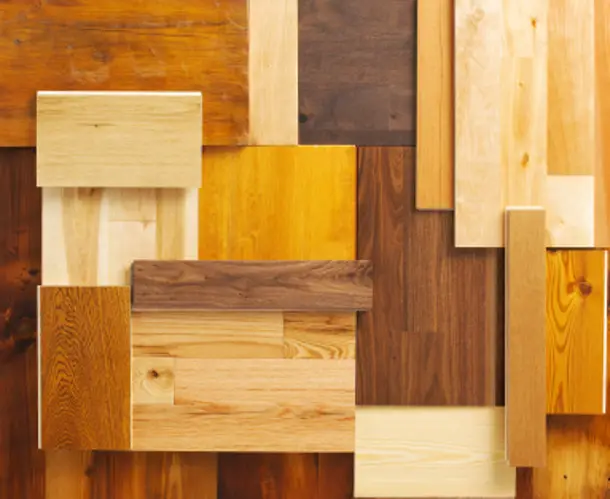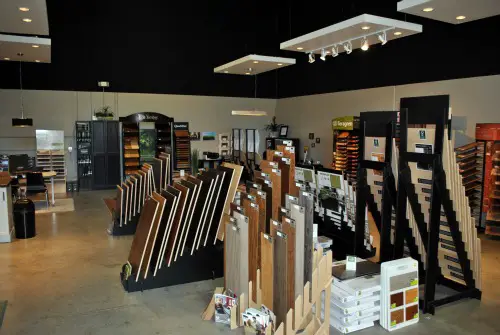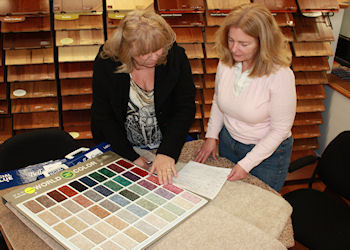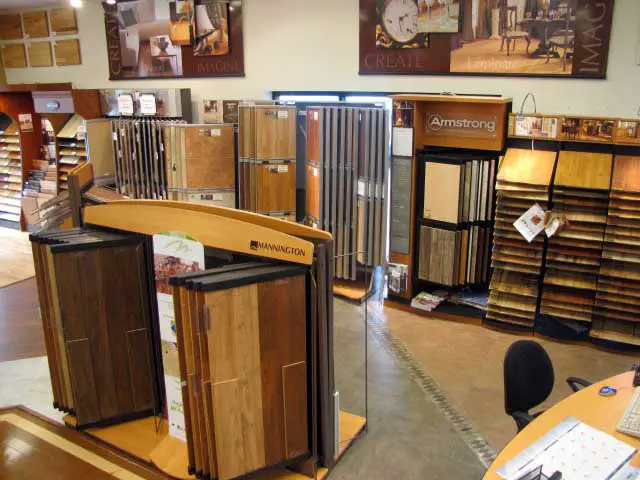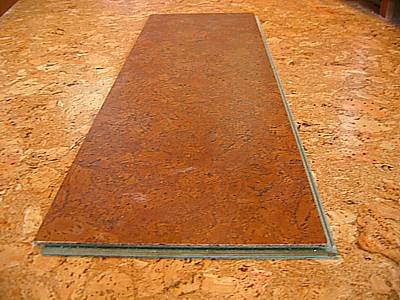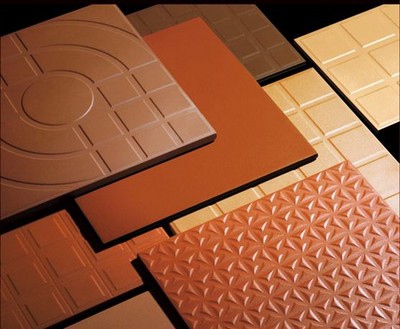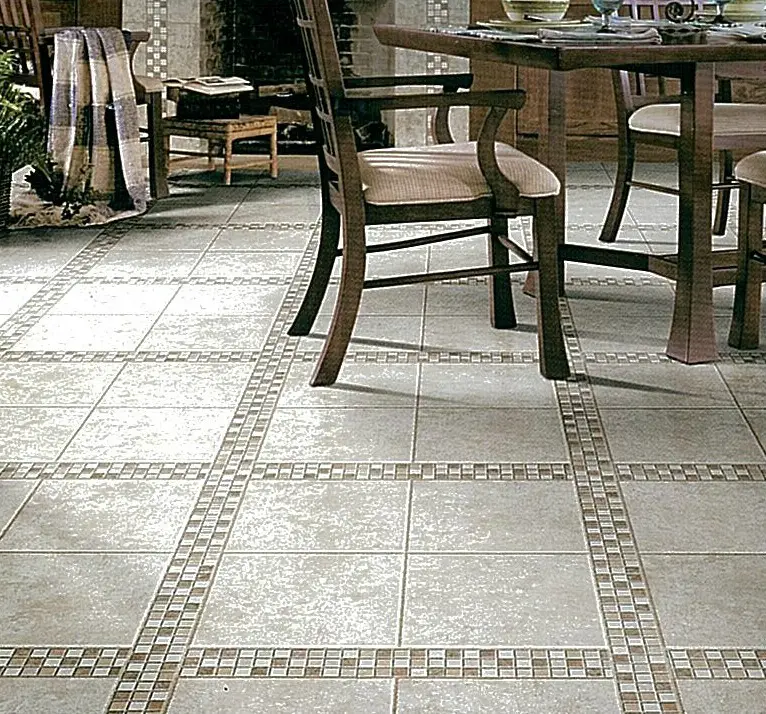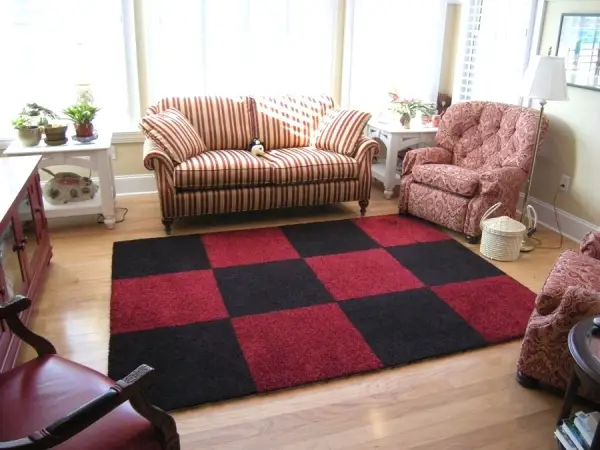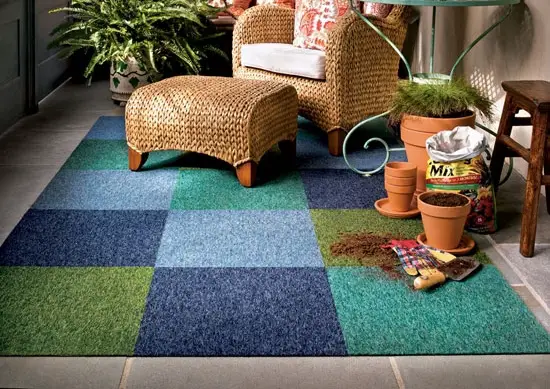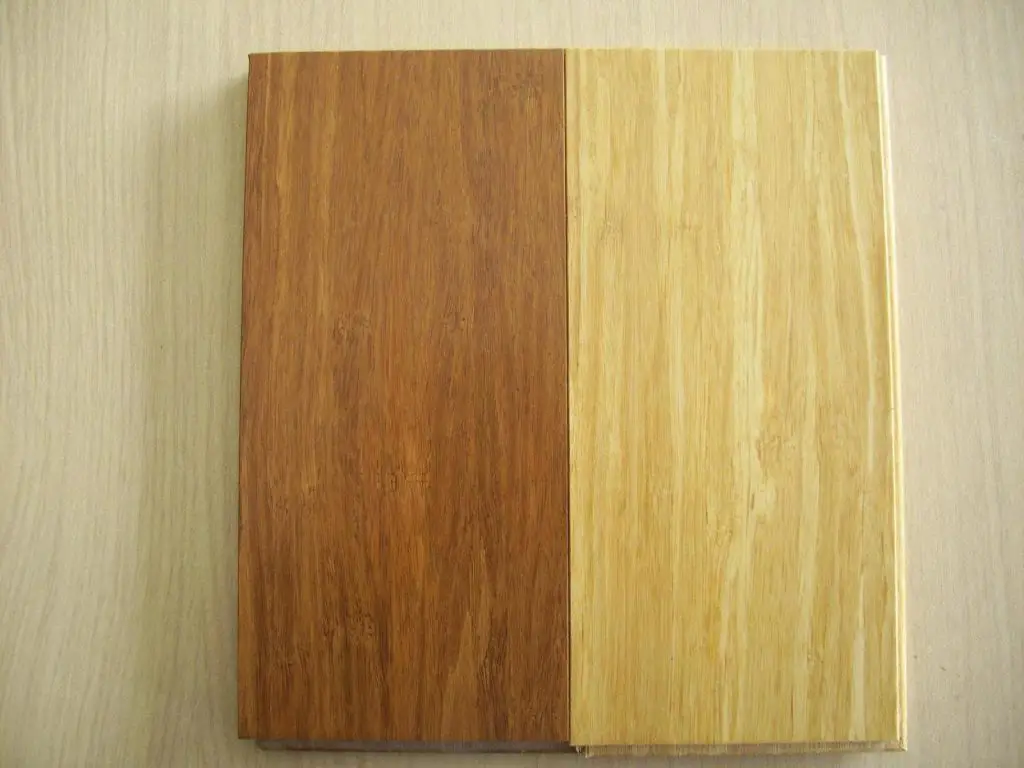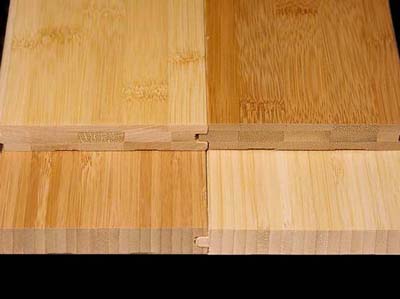
Okay, now you’re finally beginning to get settled, your beautiful hardwood flooring has been installed, your home has now become warmer and more inviting. Now with everyday wear and tear comes the most important question: how do I keep my hardwood floors clean and at its best all the time? This is a common concern among homeowners who has hardwood installed on their floors, the beauty came with a hefty price tag after all.
While manufacturers know best, they most probably handed you over everything you need when you bought the flooring materials. It could be that you forgot the instructions or don’t have the time to get the exact same products they recommend most of the time, don’t fret. Hardwood is generally easy to maintain.
The goal is to keep them shined to perfection but before you drag a wet mop across that beautiful wood, consider first the following:
Begin with the finish.
The thing with hardwood is that it’s not the type of the wood that determines how to best clean or maintain the flooring, its the type of finish.
- Most newly installed hardwood are finished with either urethane, polyuerthane or polyacrylic sealants making them water and stain resistant and therefore easier to clean: just sweep and mop and you’re done.
- Another common finish are those that penetrates or gets soaked into the wood. Also known as oil-treated, these types needs more pampering and protection usually paste or liquid wax does it.
- While they are considered finishes, lacquered, varnished or untreated floors are not resistant to wear and moisture unlike the first tow we mentioned. Untreated hardwood should be taken care of the same way oil-treated ones are.
To quickly determine the finish of your hardwood, simply rub your fingers across the floor. If doing so left your floors smudge-free then its surface sealed. If you created a smudge then it is oil-treated.
Cleaning surface-sealed floors: some dos and don’ts
This type is usually the high-gloss ones as polyurethane leaves some sort of plastic finish on top of the hardwood flooring. What’s great about it is that its hard wearing and enhances the durability of the hardwood.
When cleaning treated or finished hardwood, be mindful and think before you wipe or scrub as some materials might be harmful and might compromise if not cause damage to those gorgeous floors.
For surface-sealed floors, using oil, wax or furniture sprays is generally not advised. Oil leaves residue which can only draw dust and debris in. Wax makes refinishing difficult and furniture spray makes the floor really slippery. Abrasive and alkaline products is another no-no as they will dull the hardwood’s luster.
Again, the best way to clean hardwood floors is to do it the way the guys who installed them told to and with the products they recommend. If this product is hard to find, stick with products whose ingredients are not specifically ruled out by your warranty as this might void the agreement.
You can also go for products which have a neutral PH. Remember to maintain a routine cleaning schedule and add protective and preventive measures for your hardwood floors.
Cleaning penetrating-seal-treated, oil-treated, varnished, lacquered and untreated floors
Before re-applying wax, remember to remove wax residue or build up on your hardwood floors first using a manufacturer-recommended product or mineral spirits from your local hardware.
Apply paste or liquid wax compatible to your floor. Liquid wax is easier to apply but it leaves a thinner coat compared to past wax making it less effective in protecting your hardwood. Avoid using products that specifically say that they are water- or acrylic-based as they might leave your floor with white marks or smears.
A must before wax application is making sure that the hardwood floors’ surface have been cleaned and dust and debris is removed either through simple sweeping with a broom or vacuuming.
Make wax application and sweeping a routine and after wax has been applied buff your floors to perfection. Remember to buff in the direction of the wood grain for a better luster and again, take preventive steps to protect your hardwood flooring.
What preventive steps to take?
We cannot over emphasize the importance of taking preventive steps in preserving or prolonging the life of your hardwood floors. Its really not that complicated, you can do much just by following these simple rules:
- Make sweeping a habit. Dirt and dust can damage the finish of your floor, regardless what it is, aside from the fact that it neither looks good or feels good underfoot. To prevent build-up regular sweeps of once or twice a day would be a good practice.
- Meet mat. Yes, doormats can do preventive and protective wonders for you. Some research suggests that by putting doormats in the right places or high traffic areas, 80% of dirt does not get dragged into the room.
- Wipe up. As soon as wipes or spills happen, act fast and wipe them immediately. In cases that substances which might be corrosive to the finish gets spilled, try blotting it to minimize the damage.
- Be wise when you accessorize. Make sure whatever you put on the surface of the hardwood will not cause it to scratch or stain. Over time you might get bored with plain wood or might want to accent a specific area with rugs or make it more functional by adding a different type of flooring. Before putting anything on top of your hardwoods, ask flooring professionals first if it can harm or stain the floor.
